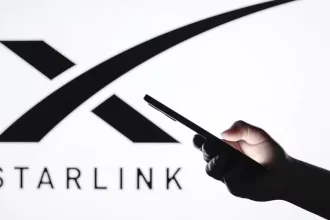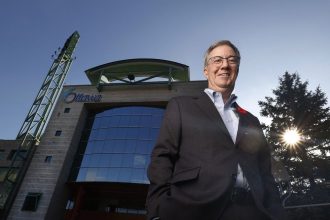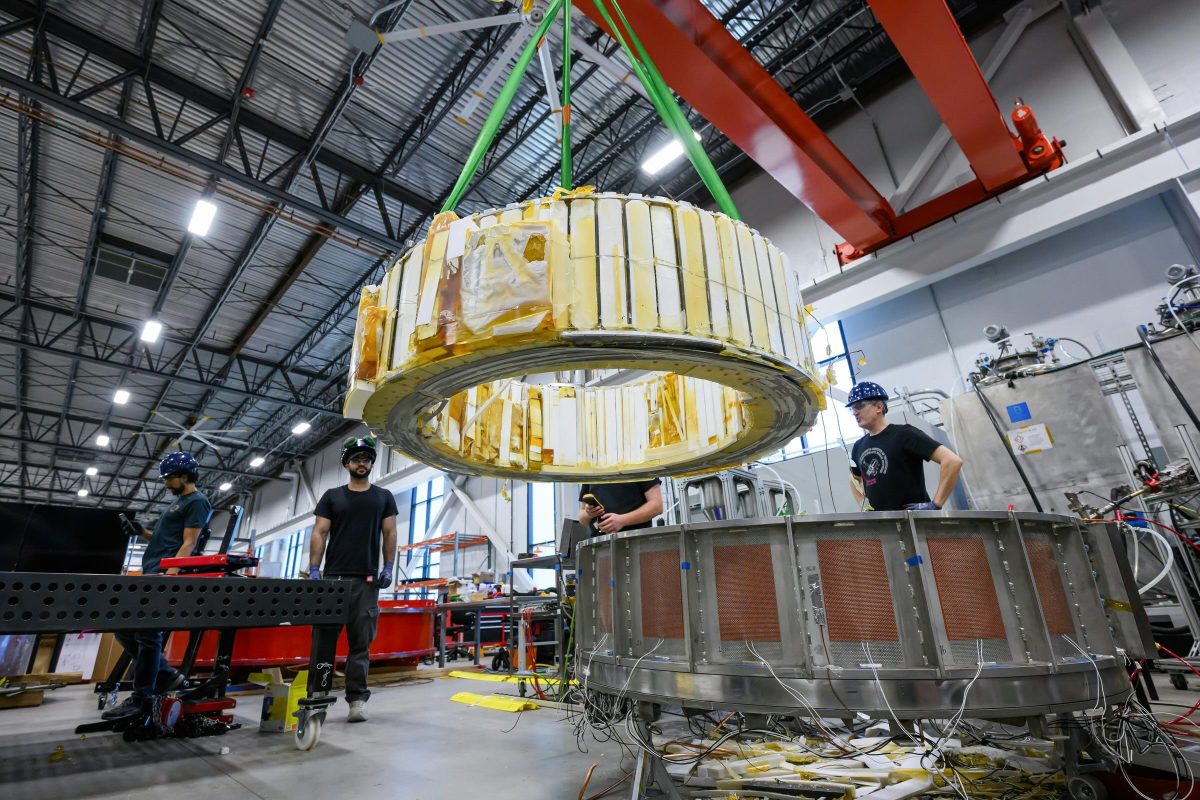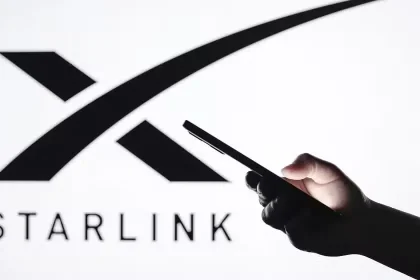Commonwealth Fusion Systems has agreed to sell Italian energy company Eni more than $1 billion worth of power from its first fusion reactor.
The power plant will be built outside of Richmond, Virginia, close to some of the highest densities of data centers in the country. The 400-megawatt fusion reactor, called Arc, is expected to open in the early 2030s, CEO Bob Mumgaard said.
The Eni agreement is the second such deal for Commonwealth Fusion Systems (CFS). In June, Google said that it would buy half the reactor’s output. When asked, neither CFS nor Eni would say how much power the deal covers or its timeline.
Mumgaard told reporters last week that CFS’s first power plant, the demonstration-scale Sparc reactor in Devens, Massachusetts, is 65% complete. The company has previously said it plans to turn on Sparc later in 2026, and Mumgaard confirmed that CFS is “on track to do that.”
“One of the reasons we built Sparc is so that we could actually get the experience of what it’s like to build a nearly full-scale system,” he said. “Arc will be the first of many that’s backed by a supply chain that is primed for scale.”
CFS is widely regarded as a leader in the fusion industry. It’s reactor design is based on the tokamak, a widely studied system in which D-shaped superconducting magnets confine and compress superheated plasma. In that plasma, particles collide, forming new atoms and releasing energy in the process. The company frequently updates scientists on its progress, and it has run extensive simulations to uncover any potential hurdles.
CFS expects that Sparc will be able to generate more power than is required to sustain the fusion reactions. But at the same time, the company won’t know for sure if it all works until Sparc is complete. That’s likely to exhaust a significant fraction of the nearly $3 billion it has raised to date, including an $863 million Series B2 round announced three weeks ago. That round included checks from a wide range of investors, including Nvidia, Google, Breakthrough Energy Ventures, and Eni.
Techcrunch event
San Francisco
|
October 27-29, 2025
Which raises the question, what happens to CFS’s deals with Google and Eni if there’s a delay, or worse, if the reactors don’t work as planned?
The agreements are structured to “walk the line” between punitive and collaborative, Mumgaard said. The partners “understand these challenges that come from first of a kind,” he said. “No one in this situation is like, oh, you know, invent an entire new technology, an entire industry, and if it doesn’t work on this day, we’re just going to walk away.”
Google has hinted that it will use Arc’s electricity to power its data centers, but Eni, which is one of the world’s largest oil and gas companies, doesn’t have operations in the U.S. that would demand that amount of energy.
“The power will be sent to the grid at the end of the day,” said Lorenzo Fiorillo, Eni’s director of technology, R&D, and digital.
In short, Eni will resell it.
But any electricity generated by Arc, a first-of-its-kind reactor, is going to be expensive. Eni is more likely to lose money trading that power on the grid than it is to profit.
Instead, this agreement is likely intended to help establish a price for fusion power and rustle up more money to build Arc.
Mumgaard admitted as much. The power purchase agreement, he said, “gives us the certainty of where the power is going to go, what the price is going to be, etc. And that allows us to then take that package to more financial investors in project finance and other areas and start having conversations about what it’s going to be like to actually finance this plant.”
Tim De Chant is a senior climate reporter at TechCrunch. He has written for a wide range of publications, including Wired magazine, the Chicago Tribune, Ars Technica, The Wire China, and NOVA Next, where he was founding editor.
De Chant is also a lecturer in MIT’s Graduate Program in Science Writing, and he was awarded a Knight Science Journalism Fellowship at MIT in 2018, during which time he studied climate technologies and explored new business models for journalism. He received his PhD in environmental science, policy, and management from the University of California, Berkeley, and his BA degree in environmental studies, English, and biology from St. Olaf College.
You can contact or verify outreach from Tim by emailing [email protected].
View Bio











